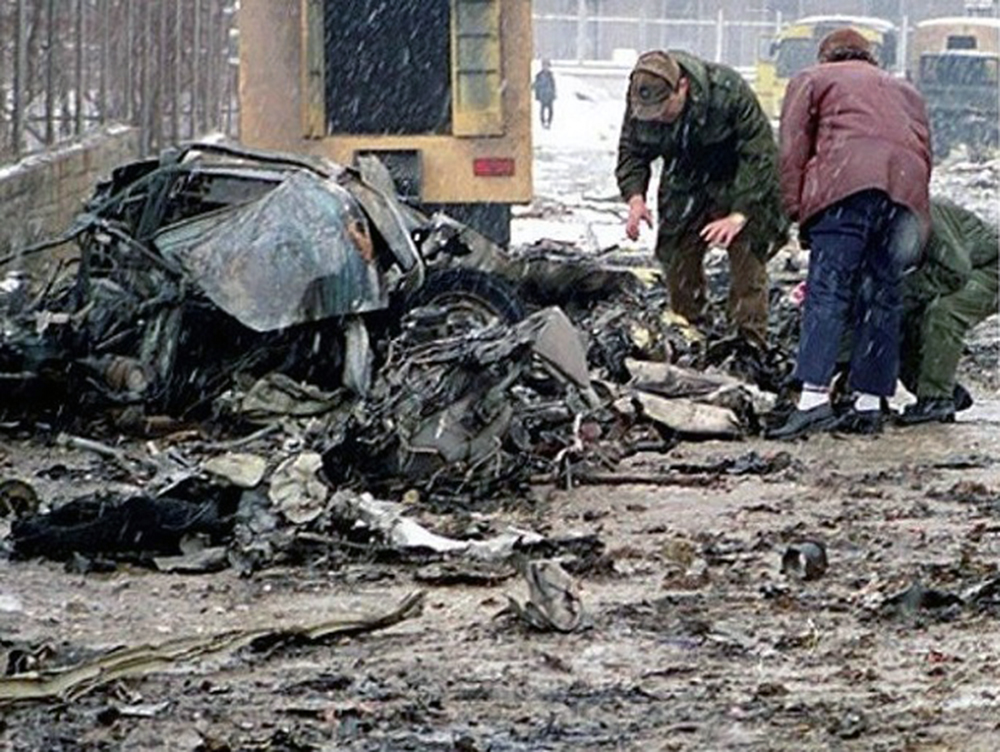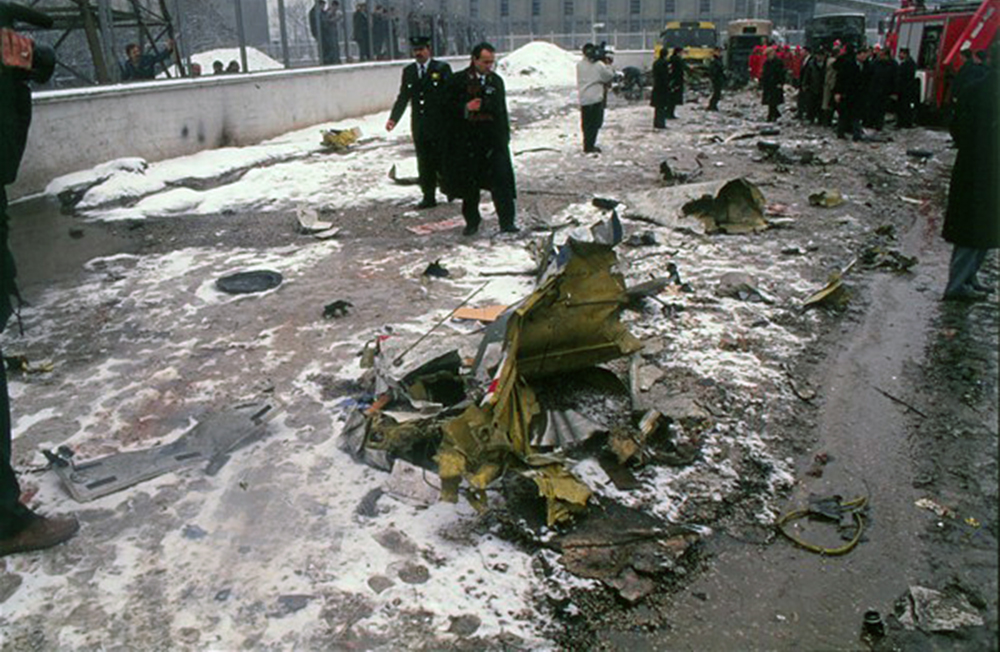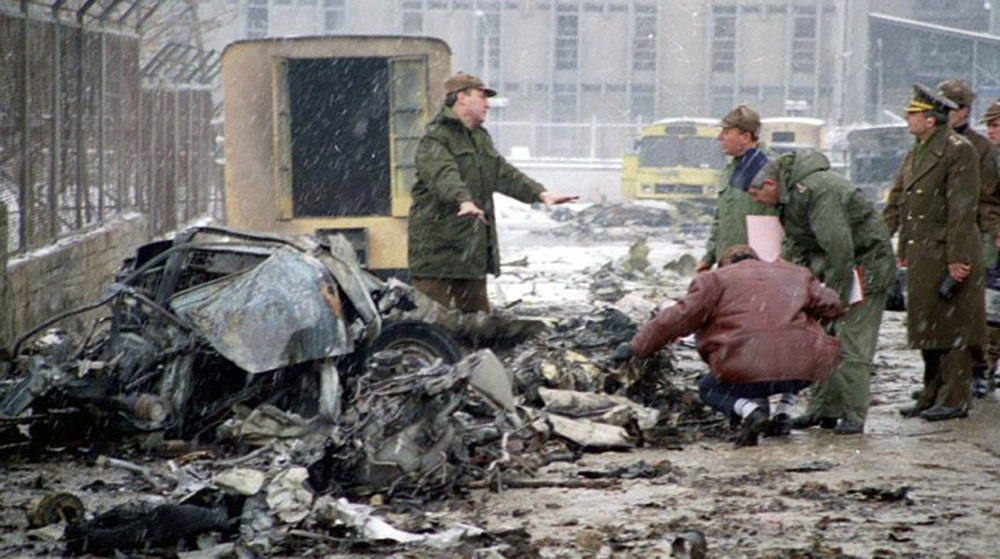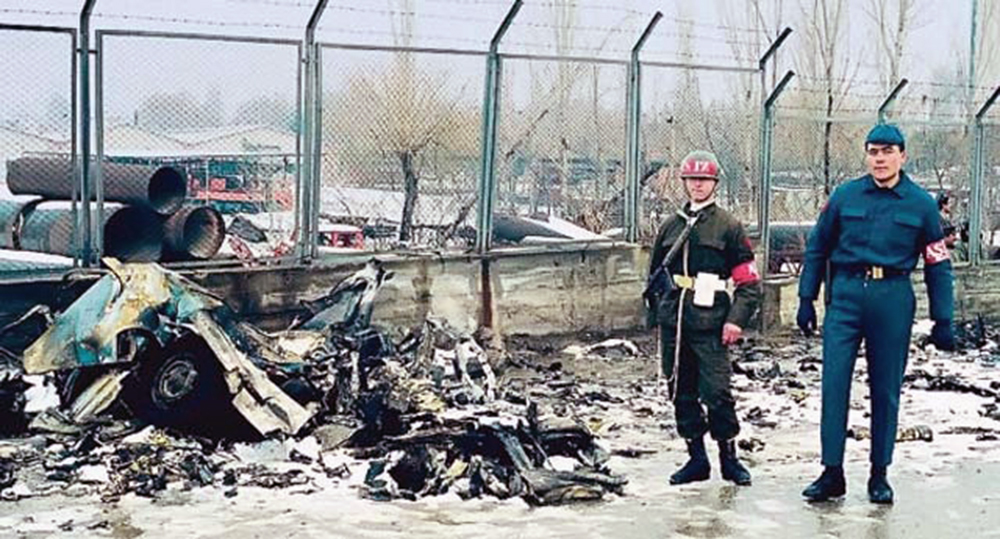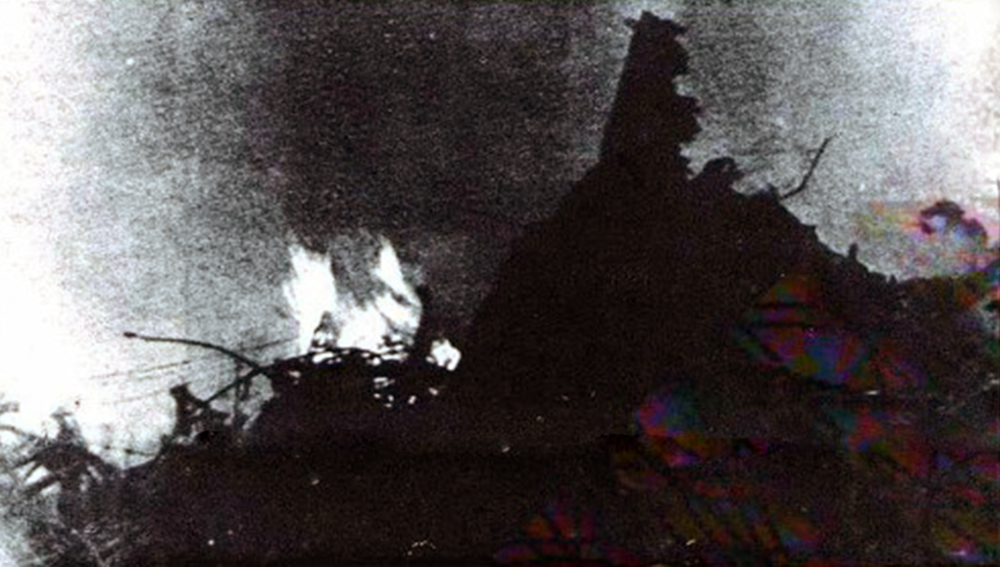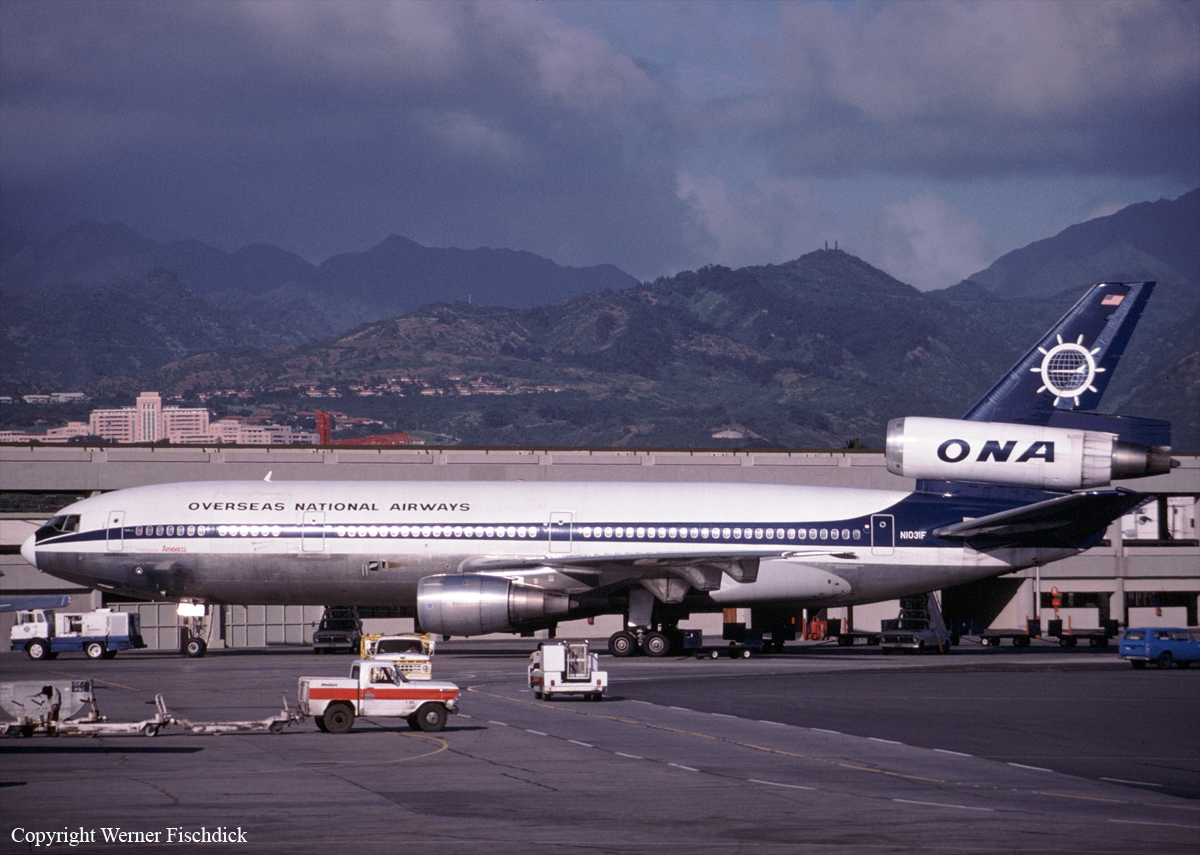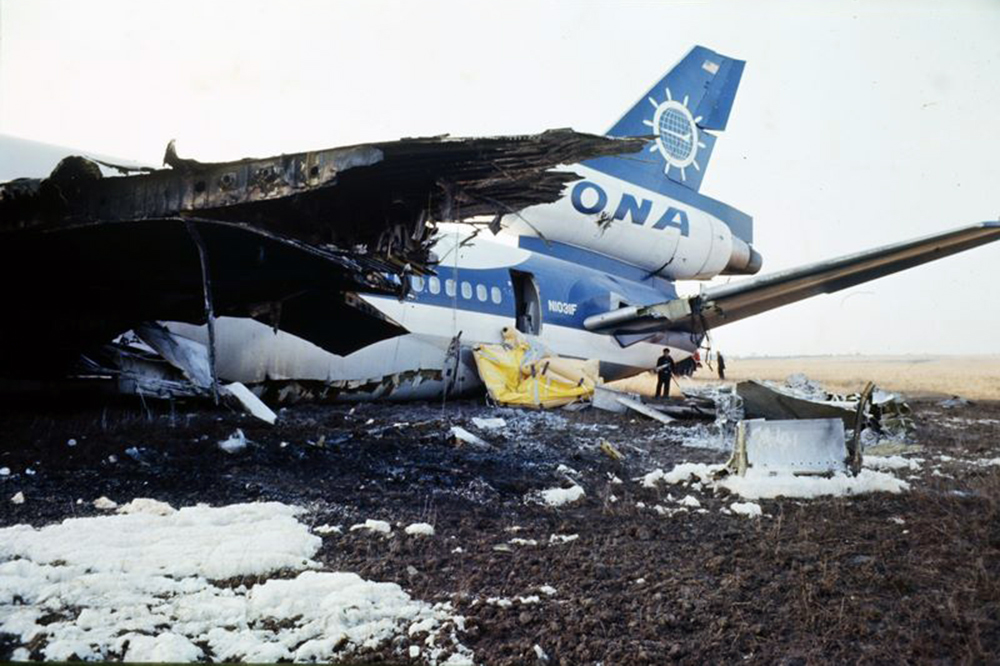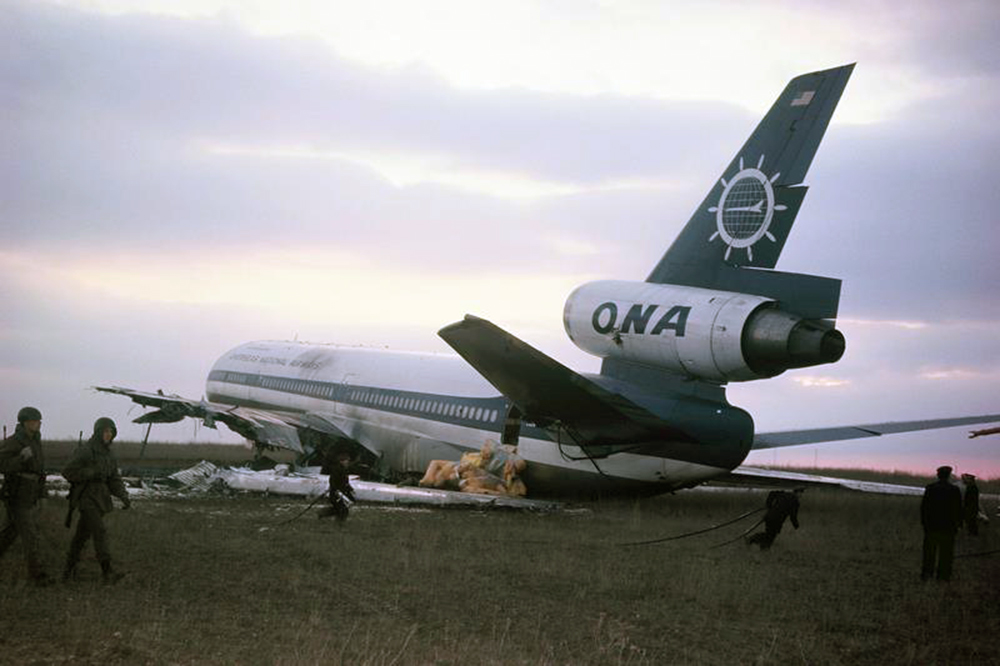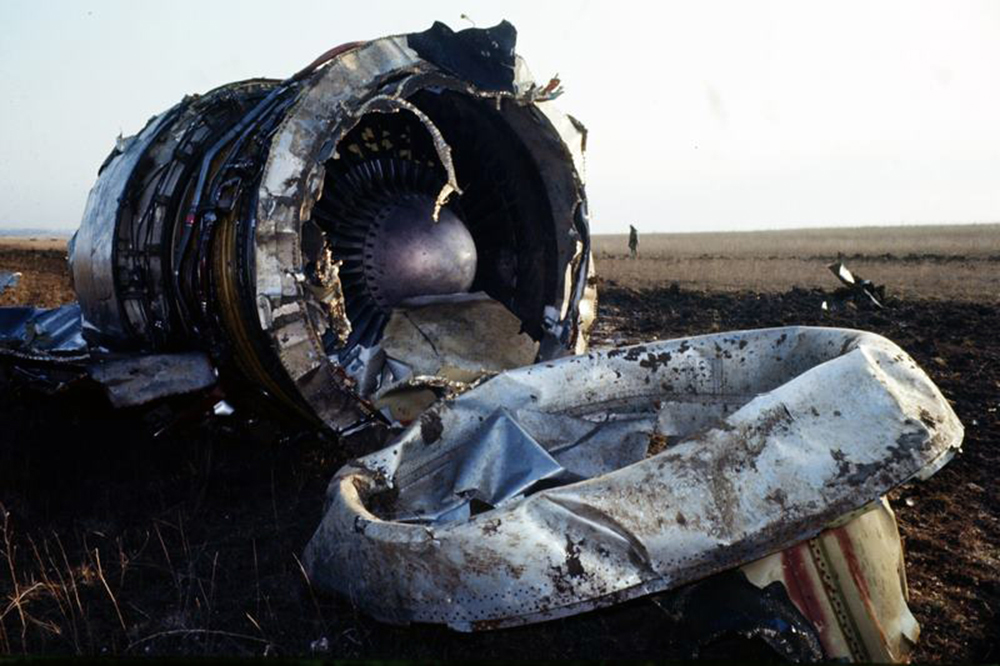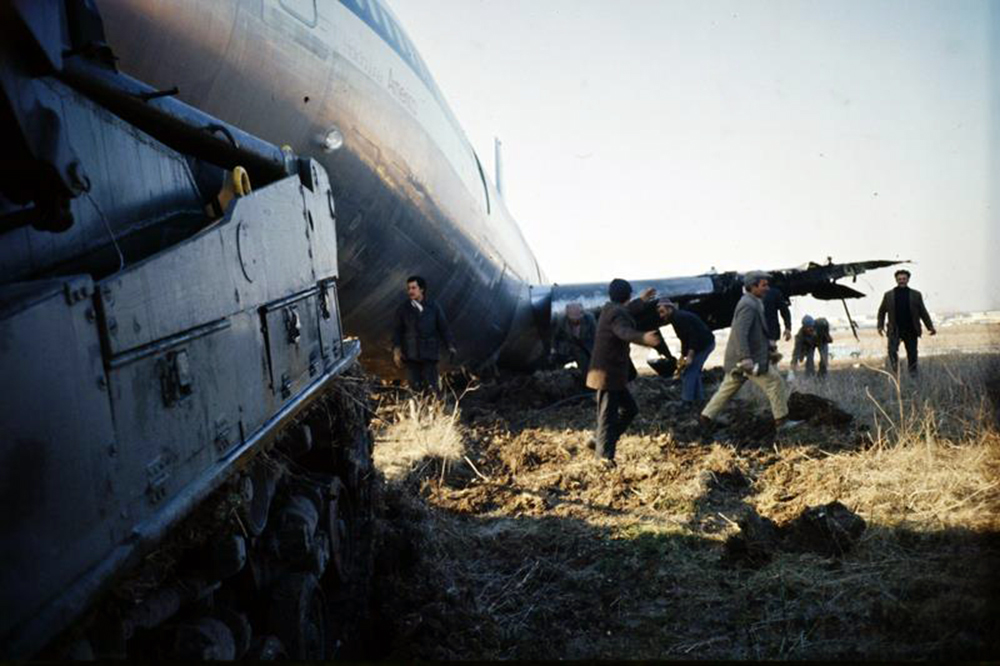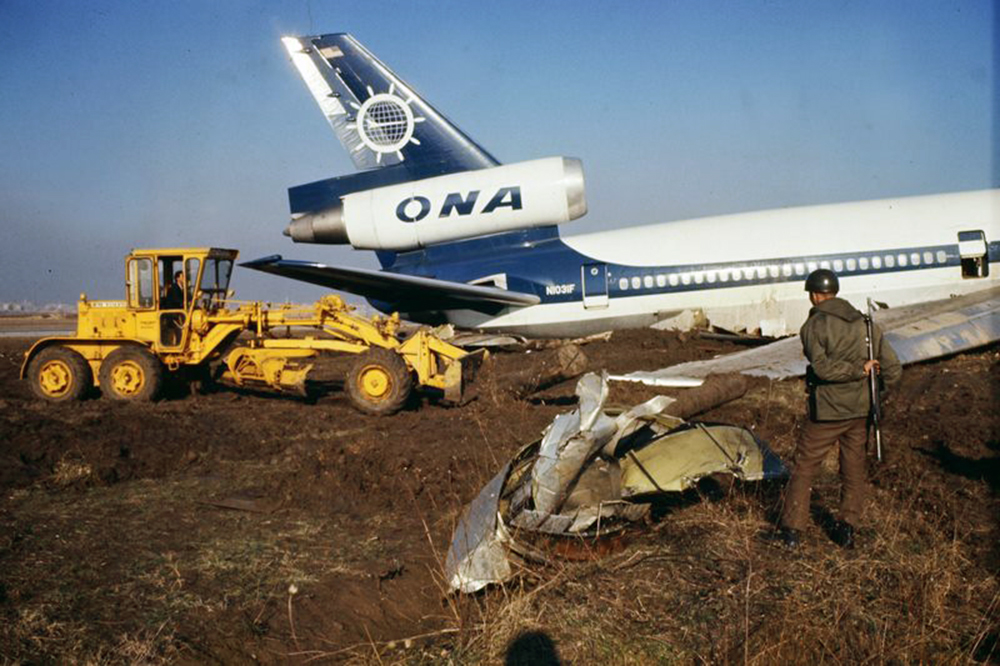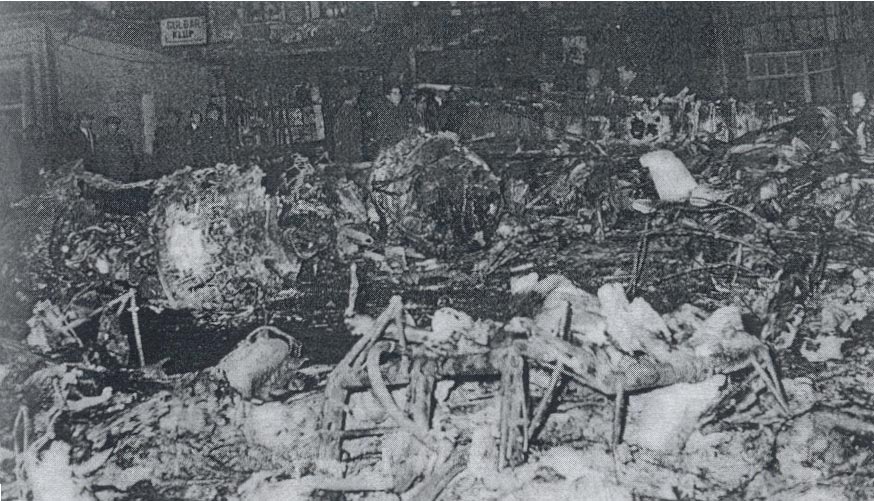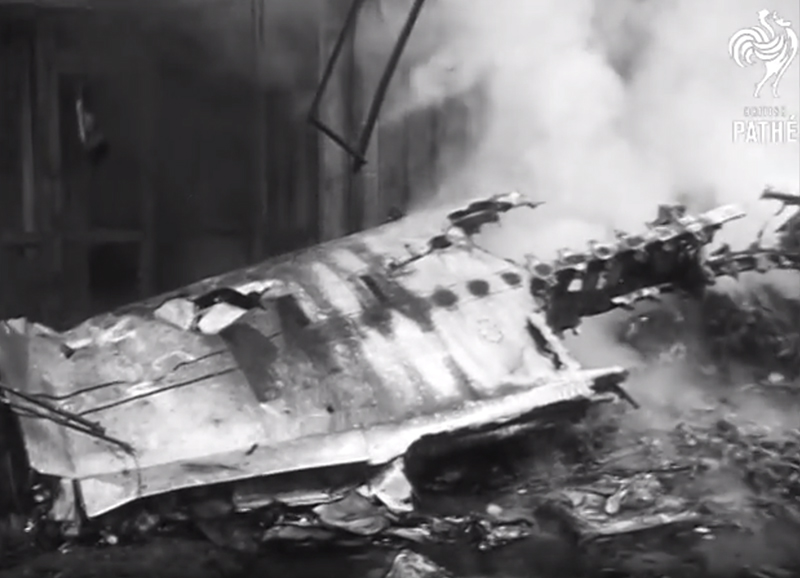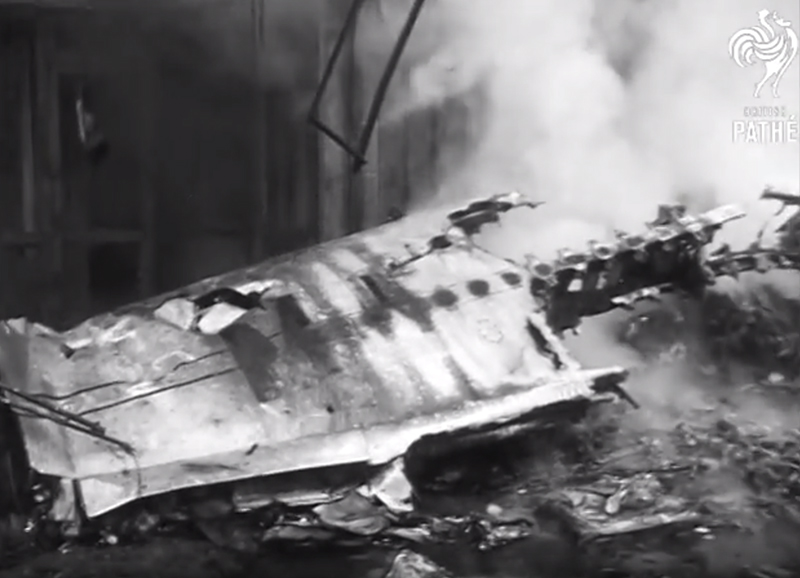Crash of a Casa-Nurtanio CN235-100M (IPTN) near Akçadağ: 34 killed
Date & Time:
May 16, 2001 at 1315 LT
Registration:
086
Survivors:
No
Schedule:
Diyarbakir – Ankara
MSN:
C-086
YOM:
1995
Crew on board:
6
Crew fatalities:
Pax on board:
28
Pax fatalities:
Other fatalities:
Total fatalities:
34
Circumstances:
The airplane departed Diyarbakir Airport at 1250LT on a flight to Ankara, carrying 28 passengers and six crew members on behalf of the 2nd Tactical Aerial Force. About 25 minutes into the flight, while cruising in poor weather conditions, the crew declared an emergency and elected to divert to Malatya-Erhaç Airport. Shortly later, the airplane entered an uncontrolled descent, rolled to the left, completed three successive barrels then crashed in an apricot tree plantation located near Akçadağ. The airplane was totally destroyed and all 34 occupants were killed. The loss of control occurred in poor weather conditions (rain and hail) while the airplane was cruising at an altitude of 17,000 feet and at a speed of 444 km/h.
Crew:
Maj Lütfü Ceylan, pilot,
Lt Murat Erdeveci, pilot,
Lt Yılmaz Tekgül, pilot,
Cpt Hakan Bizrelli,
Lt Mahir Turan, pilot,
Yilmaz Gulhan.
Passengers:
Lt Levent Sahin,
Halil Helvacioğlu,
Ümit Basaran,
Nadir Turkmène,
Mikail Altıntas,
Hasan Ersoy,
Turan Kalin,
Zeki Çınar,
Sudi Doruk,
Mehmet Özden,
Ebubekir Çakıcı,
S/Sgt Yılmaz Aydın,
S/Sgt Mahmut Öner,
Zahit Çelik,
Garçon Saadetin,
Sgt Tuncay Urhan,
Sgt Ferhat Öztürk,
Sgt Ersin Bartan,
Sgt Bulent Haluk Demir,
Sgt Isa Turkmène,
Pvt Halit Güney,
Pvt Erdal Şimşek,
Pvt Aydın Uçar,
Pvt Mutlu Kaymakçı,
Pvt Mehmet Ali Karabudak,
Nedim Akyol,
Şefik Ayaydın,
Pvt Atakan Caran.
Crew:
Maj Lütfü Ceylan, pilot,
Lt Murat Erdeveci, pilot,
Lt Yılmaz Tekgül, pilot,
Cpt Hakan Bizrelli,
Lt Mahir Turan, pilot,
Yilmaz Gulhan.
Passengers:
Lt Levent Sahin,
Halil Helvacioğlu,
Ümit Basaran,
Nadir Turkmène,
Mikail Altıntas,
Hasan Ersoy,
Turan Kalin,
Zeki Çınar,
Sudi Doruk,
Mehmet Özden,
Ebubekir Çakıcı,
S/Sgt Yılmaz Aydın,
S/Sgt Mahmut Öner,
Zahit Çelik,
Garçon Saadetin,
Sgt Tuncay Urhan,
Sgt Ferhat Öztürk,
Sgt Ersin Bartan,
Sgt Bulent Haluk Demir,
Sgt Isa Turkmène,
Pvt Halit Güney,
Pvt Erdal Şimşek,
Pvt Aydın Uçar,
Pvt Mutlu Kaymakçı,
Pvt Mehmet Ali Karabudak,
Nedim Akyol,
Şefik Ayaydın,
Pvt Atakan Caran.






